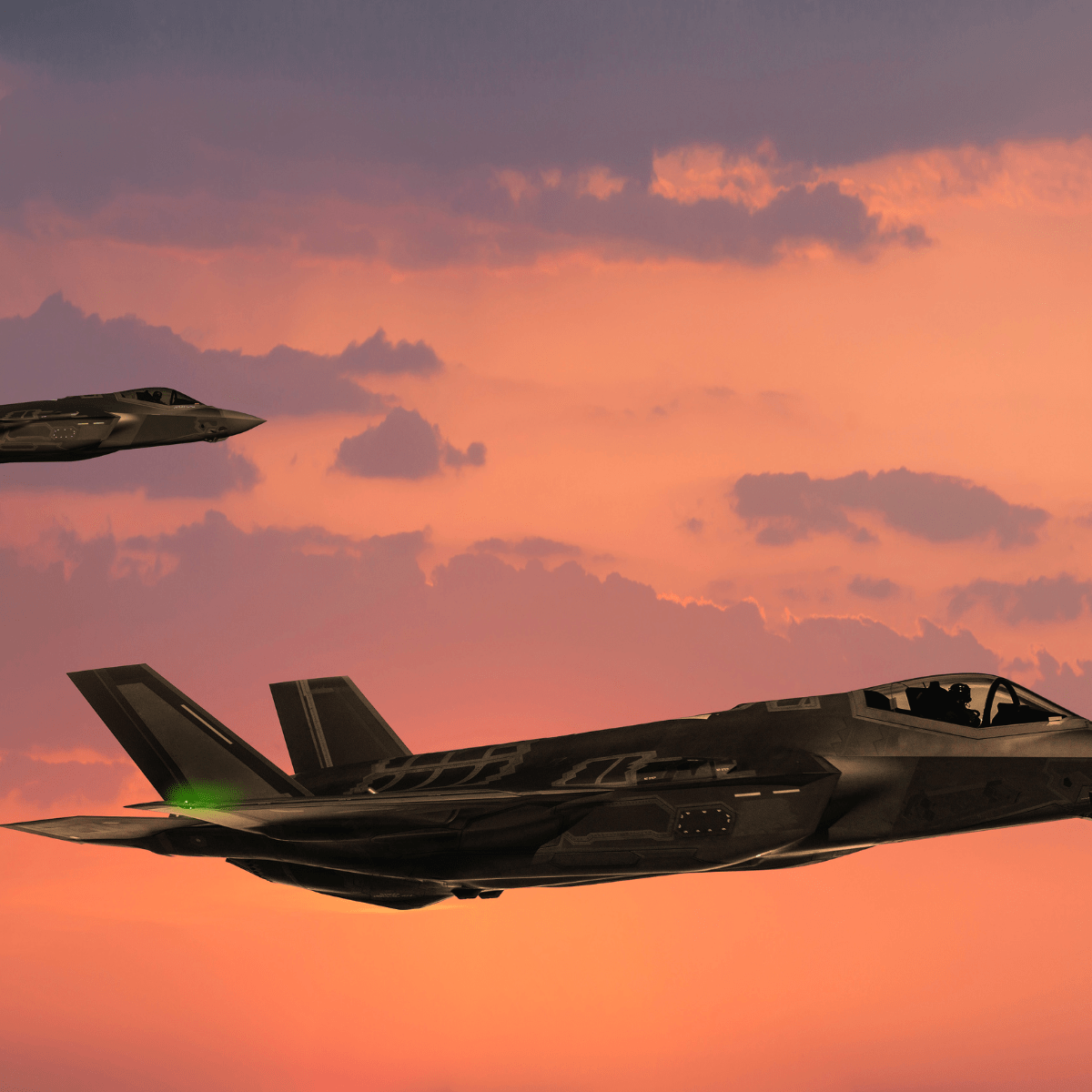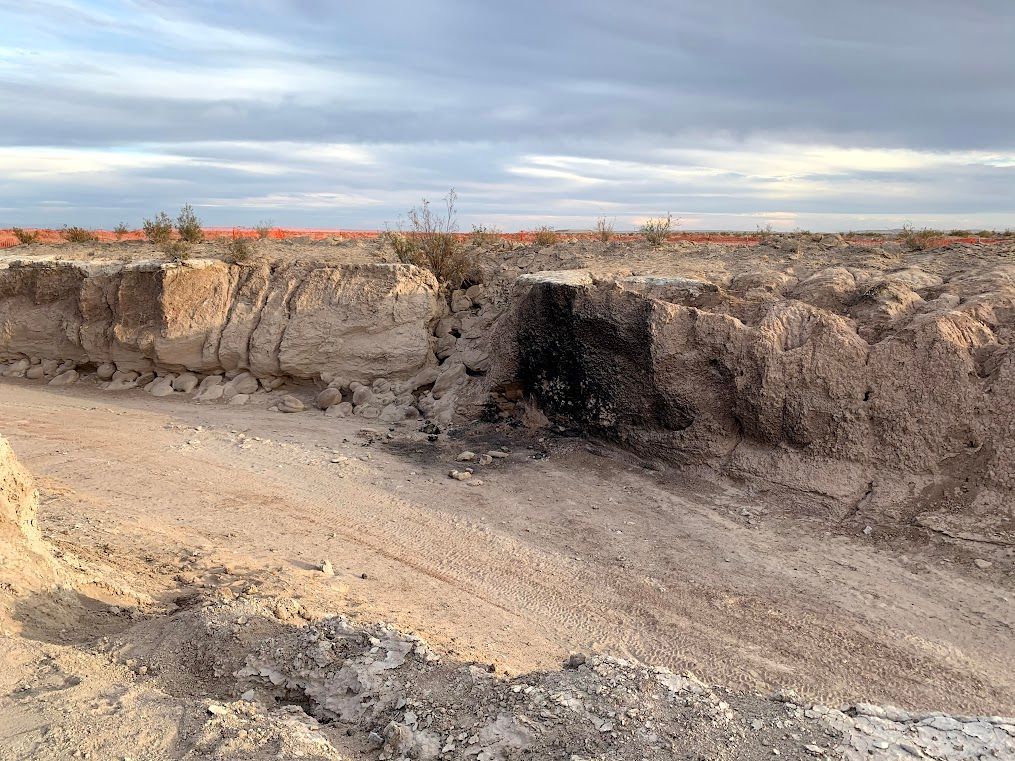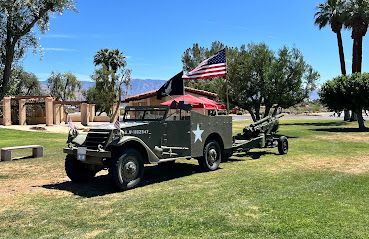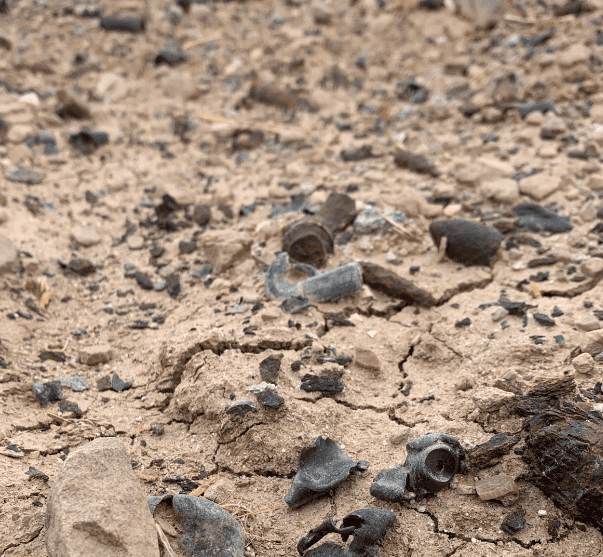U.S Military Training in Anza-Borrego Desert State Park and Borrego Springs
Share

Anza-Borrego Desert State Park and Borrego Springs, California have a long history of serving as a training ground for the U.S. military. The rugged terrain and harsh desert conditions of the area provide unique challenges and benefits for military training. In this blog post, we’ll take a look at the history and current state of military training in Anza-Borrego Desert State Park and Borrego Springs.
History of Military Training in the Area
Anza-Borrego Desert State Park and Borrego Springs have a long history of serving as a training ground for the U.S. military, dating back to the 1940s. During World War II, the U.S. Army used the area to train soldiers for desert warfare, as the harsh desert conditions and rugged terrain were similar to those found in the North Africa and Middle East theaters of war. The training that soldiers received at Anza-Borrego Desert State Park and Borrego Springs helped to prepare them for the challenging conditions that they would face in battle.
In addition to the U.S. Army, the U.S. Marine Corps, the U.S. Navy, and the U.S. Air Force have also used the area for training. The U.S. Marine Corps has used Anza-Borrego Desert State Park and Borrego Springs for training exercises such as combat marksmanship, desert survival, and reconnaissance training. The U.S. Navy has also used the area for training, specifically for training SEAL (Sea, Air, Land) teams. The U.S. Air Force has also used the area for training exercises such as training in desert survival and combat search and rescue.
Over the years, the U.S. military has conducted a wide range of training activities at Anza-Borrego Desert State Park and Borrego Springs, from basic training to advanced special operations training. The area’s rugged terrain, extreme temperatures, and remote location make it an ideal location for military training, and it continues to be used by various branches of the U.S. military to this day.
Current State of Military Training in the Area
Currently, Anza-Borrego Desert State Park and Borrego Springs continue to be used for military training by various branches of the U.S. military.
The U.S. Marine Corps Mountain Warfare Training Center, located in Bridgeport, California, which is a few hours away from Anza-Borrego Desert State Park and Borrego Springs, uses the area extensively for various types of training exercises. The rugged terrain and harsh desert conditions of the area provide an ideal environment for training in mountain and desert warfare. The Marines conduct live-fire exercises, as well as training in navigation, survival, and reconnaissance in the area. This training is essential for preparing Marines for deployments in desert and mountainous regions around the world.
The U.S. Army also uses Anza-Borrego Desert State Park and Borrego Springs for various types of training exercises. The Army conducts maneuvers and survival training in the area. The harsh desert conditions provide an ideal environment for training soldiers in desert warfare and survival techniques. This training is essential for preparing soldiers for deployments in desert regions around the world.
The U.S. Air Force also uses Anza-Borrego Desert State Park and Borrego Springs for training exercises. The Air Force conducts search and rescue and air-to-ground training in the area. The vast and remote desert terrain provides an ideal environment for training aircrews in search and rescue operations and air-to-ground attacks. The training is essential for preparing aircrews for deployments in desert regions around the world.
Anza-Borrego Desert State Park and Borrego Springs continue to be an important training ground for the U.S. military. The area’s rugged terrain and harsh desert conditions provide an ideal environment for training in mountain and desert warfare, navigation, survival, reconnaissance, search and rescue, and air-to-ground attacks. This training is essential for preparing soldiers, Marines, and aircrews for deployments in desert and mountainous regions around the world.
Challenges and Benefits of Military Training in the Area
Anza-Borrego Desert State Park and Borrego Springs are located in Southern California, and the area is known for its rugged terrain, hot temperatures, and dry climate. These conditions make it an ideal location for military training exercises. The rough terrain provides a challenging environment for soldiers to navigate, which helps to prepare them for the rigors of desert warfare. The extreme heat also simulates the conditions that soldiers may encounter in desert environments, making it easier for them to acclimate to the harsh conditions.
The remote location of Anza-Borrego Desert State Park and Borrego Springs also provides a secure and secluded training ground for military units. The area is far from populated areas, which allows for live-fire exercises and other training activities to take place without interruption. This is important for the military, as it allows them to conduct realistic training scenarios without the risk of civilian casualties or damage to private property.
Overall, the rugged terrain and harsh desert conditions of Anza-Borrego Desert State Park and Borrego Springs offer unique challenges and benefits for military training. The area’s challenging environment and remote location provide soldiers with an ideal place to prepare for desert warfare and other operations in harsh environments.
Conclusion:
Anza-Borrego Desert State Park and Borrego Springs, California have a long history of serving as a training ground for the U.S. military. The area’s rugged terrain and harsh desert conditions provide unique challenges and benefits for military training. The U.S. Army, Marine Corps, Navy and Airforce continue to use the area for training exercises, preparing soldiers for the rigors of desert warfare. The area’s remote location also provides a secure and secluded training ground for live-fire exercises and other training activities without interruption.







